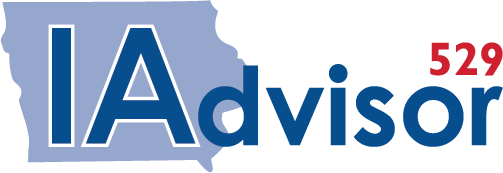One of the smartest things we can do for our children is to save for their education. And one of the smartest ways to save for education is through a plan like the IAdvisor 529 Plan. The reason is simple: 529 plans have the same or better tax advantages as other college savings options but are much more flexible, with higher contribution maximums, multiple contributors and fewer restrictions on how the money is used.
Flexible Contribution Options
- An automatic investment plan (AIP) can be established with minimums as low as $50 a month per investment option
- Payroll direct deposit can be set up with minimums as low as $25 a pay period per investment option
- The minimum to open an account is $250
- Accepts rollovers from other 529 plans, Coverdell Savings Plans (formerly Education IRAs) and qualified U.S. savings bonds (series EE and I)
- You can even set up a plan for yourself if you're thinking of going back to school
Anyone Can Contribute—Not Just the Account Owner
- Parents, grandparents, family members and friends can all invest in a child’s education
- No income restrictions on owner or contributors
- All contributions are eligible for estate and gift tax exclusions
Can Be Used for a Wide Range of Educational Expenses
- Eligible expenses may include tuition and fees, books, supplies, equipment and certain room and board
- Eligible institutions include two- and four-year colleges, technical, vocational and graduate schools in the U.S. (and even some overseas)1
- For Iowa residents, assets within IAdvisor 529 Plan accounts are not considered when determining eligibility for the state financial aid program
- View IRS Publication 970 for an overview of rules and eligible expenses
Owner Controls Beneficiary Account
- The account owner maintains control of the assets until they are distributed
- The account owner can change the beneficiary to another qualified family member at any time2
1 Eligible institutions include all post-secondary institutions that participate in the Federal Financial Aid Program.
2 Please see the Program Description for definition of a “family member.”

